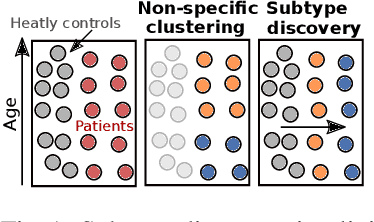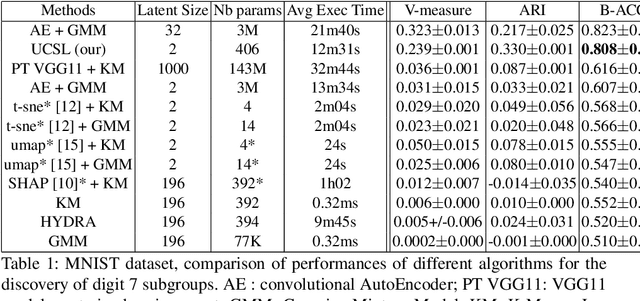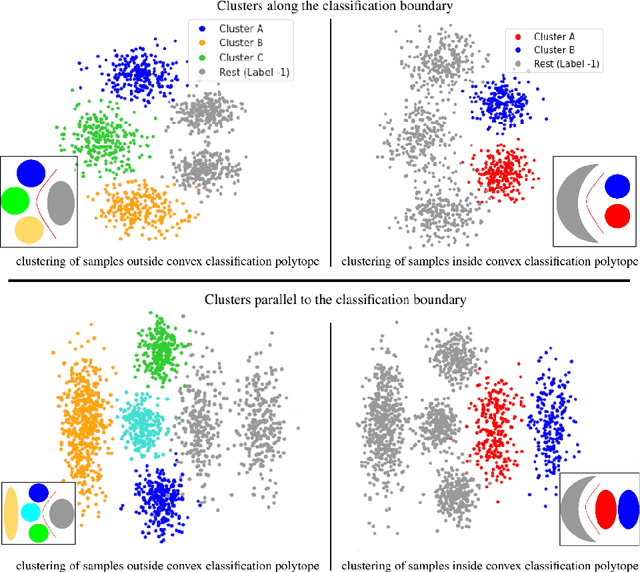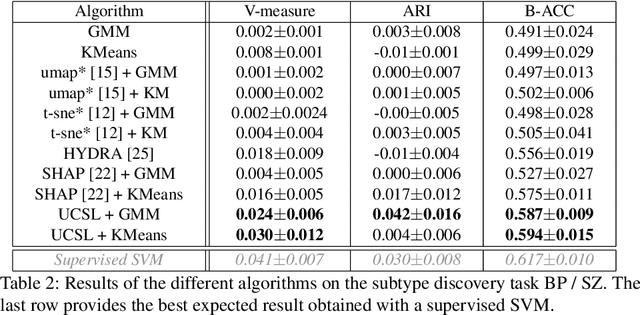Josselin Houenou
Validation of a new, minimally-invasive, software smartphone device to predict sleep apnea and its severity: transversal study
Jun 20, 2024Abstract:Obstructive sleep apnea (OSA) is frequent and responsible for cardiovascular complications and excessive daytime sleepiness. It is underdiagnosed due to the difficulty to access the gold standard for diagnosis, polysomnography (PSG). Alternative methods using smartphone sensors could be useful to increase diagnosis. The objective is to assess the performances of Apneal, an application that records the sound using a smartphone's microphone and movements thanks to a smartphone's accelerometer and gyroscope, to estimate patients' AHI. In this article, we perform a monocentric proof-of-concept study with a first manual scoring step, and then an automatic detection of respiratory events from the recorded signals using a sequential deep-learning model which was released internally at Apneal at the end of 2022 (version 0.1 of Apneal automatic scoring of respiratory events), in adult patients during in-hospital polysomnography.46 patients (women 34 per cent, mean BMI 28.7 kg per m2) were included. For AHI superior to 15, sensitivity of manual scoring was 0.91, and positive predictive value (PPV) 0.89. For AHI superior to 30, sensitivity was 0.85, PPV 0.94. We obtained an AUC-ROC of 0.85 and an AUC-PR of 0.94 for the identification of AHI superior to 15, and AUC-ROC of 0.95 and AUC-PR of 0.93 for AHI superior to 30. Promising results are obtained for the automatic annotations of events.This article shows that manual scoring of smartphone-based signals is possible and accurate compared to PSG-based scorings. Automatic scoring method based on a deep learning model provides promising results. A larger multicentric validation study, involving subjects with different SAHS severity is required to confirm these results.
UCSL : A Machine Learning Expectation-Maximization framework for Unsupervised Clustering driven by Supervised Learning
Jul 05, 2021



Abstract:Subtype Discovery consists in finding interpretable and consistent sub-parts of a dataset, which are also relevant to a certain supervised task. From a mathematical point of view, this can be defined as a clustering task driven by supervised learning in order to uncover subgroups in line with the supervised prediction. In this paper, we propose a general Expectation-Maximization ensemble framework entitled UCSL (Unsupervised Clustering driven by Supervised Learning). Our method is generic, it can integrate any clustering method and can be driven by both binary classification and regression. We propose to construct a non-linear model by merging multiple linear estimators, one per cluster. Each hyperplane is estimated so that it correctly discriminates - or predict - only one cluster. We use SVC or Logistic Regression for classification and SVR for regression. Furthermore, to perform cluster analysis within a more suitable space, we also propose a dimension-reduction algorithm that projects the data onto an orthonormal space relevant to the supervised task. We analyze the robustness and generalization capability of our algorithm using synthetic and experimental datasets. In particular, we validate its ability to identify suitable consistent sub-types by conducting a psychiatric-diseases cluster analysis with known ground-truth labels. The gain of the proposed method over previous state-of-the-art techniques is about +1.9 points in terms of balanced accuracy. Finally, we make codes and examples available in a scikit-learn-compatible Python package at https://github.com/neurospin-projects/2021_rlouiset_ucsl
* ECML/PKDD 2021
 Add to Chrome
Add to Chrome Add to Firefox
Add to Firefox Add to Edge
Add to Edge